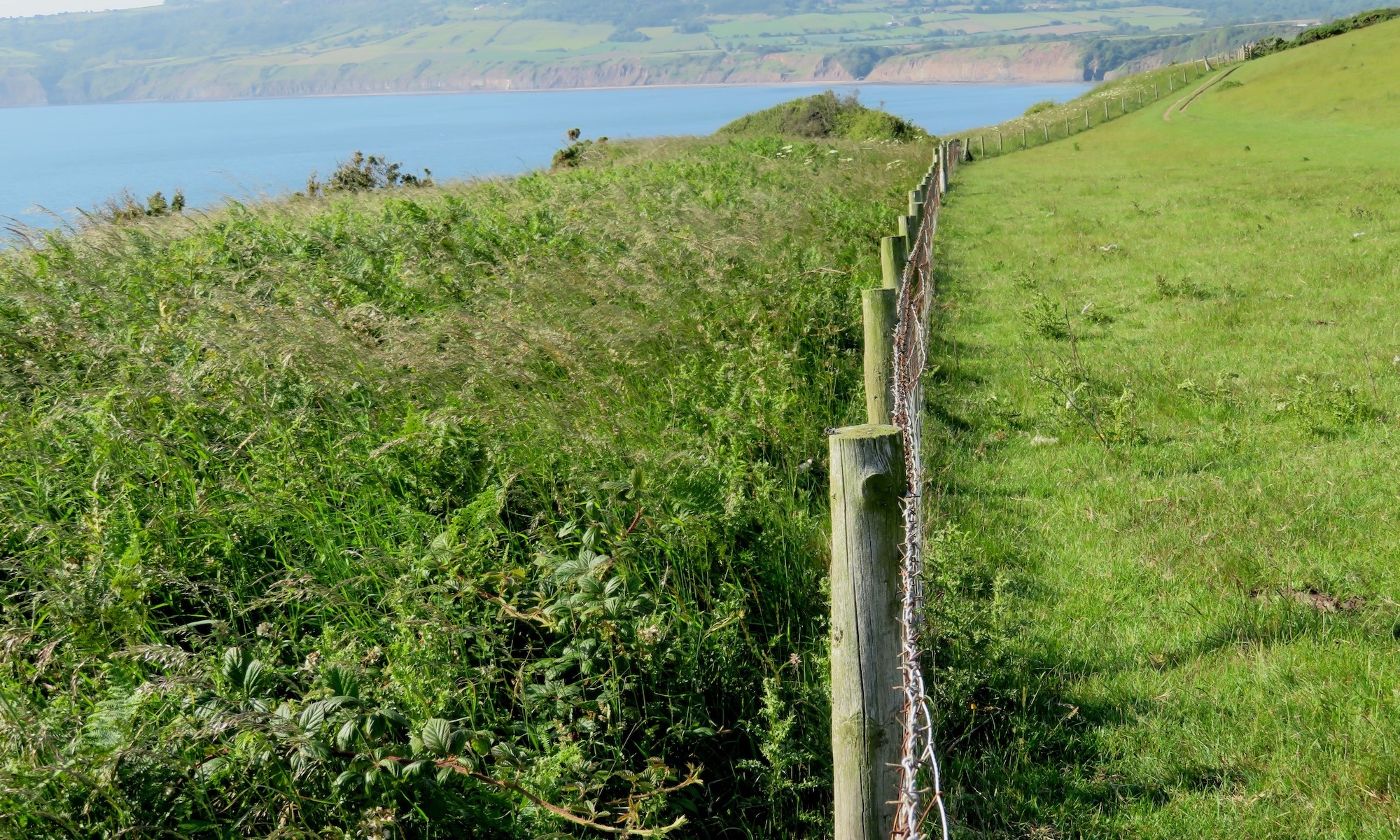Identifying a reference point in time for which species we should have in Britain is not as simple as “after the ice age”.
by John Hartshorn
4th September 2024
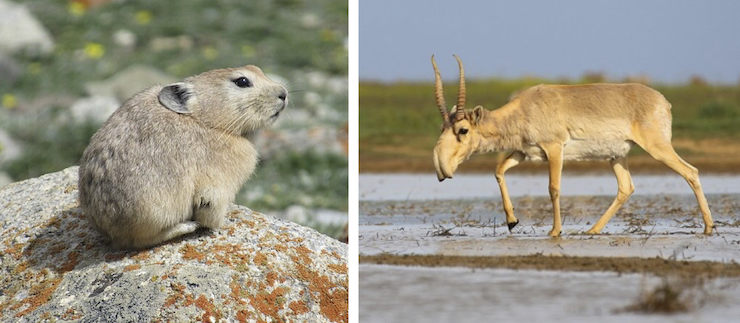
Compared to other forms of nature restoration and conservation, rewilding focusses more on ecological processes and functions rather than having specific goals for particular habitats, species, or other outcomes. It’s ultimately intended to restore self-sustaining, dynamic, nature-led native ecosystems across a range of landscape scales that are complete in terms of every niche being occupied at all levels in the food web (known as ‘trophic’ levels) and with natural abundance.
With so many native species no longer present in Britain, that causes us a problem. It means we need to find replacements if we are going to restore fully functioning ecosystems that would naturally exist on our island. Luckily, many species that would naturally occur in Britain, while having gone locally extinct over the past few thousand years, live on in other European countries. For those that are truly extinct from the planet, we often have modern equivalents that are, to at least some extent, functionally similar in how they live and how their behaviours and life processes affect the habitats and ecosystems in which they are found. For example, while the original native wild cattle, aurochs, have long gone, they are the ancestors of our modern domestic cattle. Similarly, the domestic horse is the descendant of now-extinct wild horses. And although wild boar still thrive across Europe and in small pockets following inadvertent reintroductions in Britain, the domestic pig is the rootling beast that we have developed directly from wild boar.
But there are many species missing from Britain that have no modern domestic descendants. For some of those we can sometimes tap into populations across mainland Europe. The Eurasian beaver is a good example of such a species whose relatively recent comeback across Europe has provided us with a population from which we can fuel its reintroduction, which is gradually getting underway across Britain. But there is an important question to ask at this point: what is our actual reference point in time that tells us what we should be seeking to reintroduce into Britain?
In many books, TV programmes, and podcasts on the subject of rewilding, we hear that the end of the last ice age – which marked the start of the current geological age known as the Holocene epoch – provides us with the baseline for what used to be here before humans started materially degrading the ecology of our island. But what does that actually mean? Were we ice-bound right up to the start of the Holocene? And did the ice reach all the way to our modern south coast? And is it as simple as setting the starting line as being the day on which the ice had finally melted?
The Holocene epoch actually has a fairly specific start point of 11,700 years ago because that marks the end of fluctuating periods of cold and warm conditions and the beginning of a sustained period of warming and then stability. But the ice had in fact long since disappeared by the start of the Holocene and, with the exception of Wales, the ice hadn’t even extended further south than Yorkshire. The ice had actually reached its maximum extent around 20,000 years ago. We had a relatively small British ice sheet at the time: it extended across most of Wales and the western most counties of England from the Severn river valley upwards, then turned east to cover much (but not all) of Yorkshire, with a strip of ice extending down the modern North Sea coast to cover parts of north Norfolk before heading across what is now the North Sea towards northern Denmark. But the North Sea is a more recent feature: it wasn’t the North Sea at the time. Instead, low sea levels during the ice age meant there was a vast amount of land that made Britain a contiguous part of a much larger European land mass. This stretched much further out into the Atlantic on our south western coasts, right up a valley that is now the English Channel, and across the whole North Sea area from our current coastline to Denmark. This particular and now submerged part of Europe is known as Doggerland, meaning that Britain was actually part of a large peninsula of northwest Europe.
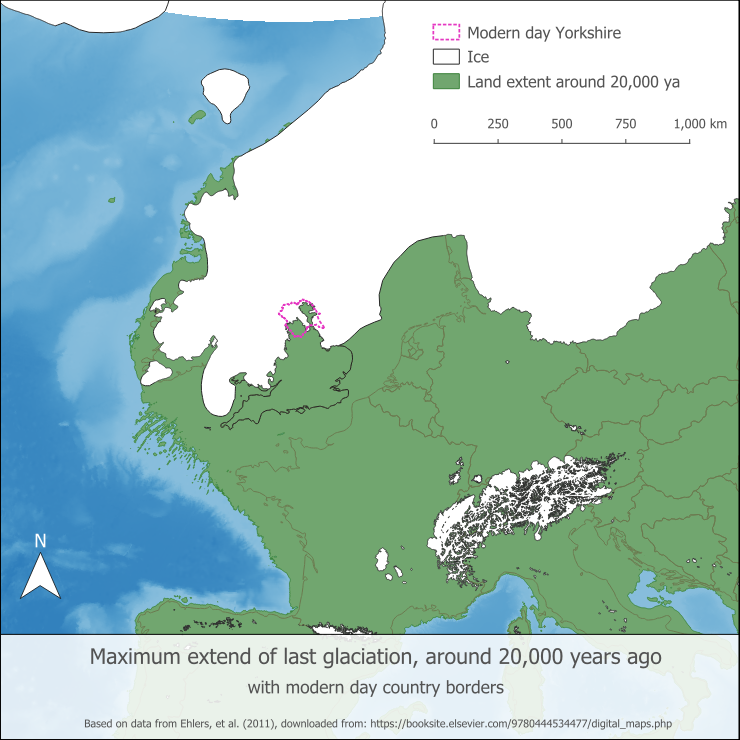
Just after the maximum glacial extent of around 20,000 years ago, various aspects of our planetary rotation and the amount of solar energy hitting the northern hemisphere triggered the start of a global deglaciation. Most terrestrial regions of Britain were free of ice by around 15,000 years ago, with just a few small glaciated areas persisting a little longer in northwest Scotland. For the next 2,000 years or so there was a complex series of alternating warm and cold periods with two temperate climate episodes before a period of abrupt cooling between 12,900 and 11,700 years ago. This then evolved into a rapid and sustained warming period as the Holocene interglacial epoch got underway.
What was it like south of the ice sheets from the time of the maximum ice extent 20,000 years ago until we finally lost our terrestrial connection to Europe around 8,200 years ago? What were the habitats and fauna like?
At the time of the maximum ice extent, there was a strip of polar desert immediately in front of the ice. Where the ice had retreated the polar desert had gone with it, and the newly exposed land was left scoured of soil. But it was rich in ground up rock, and these glacial deposits provided the mineral substrate ready for soil formation. Lichens then mosses colonised first, bringing stability to the new soils and adding organic matter through their life processes and then their death and decay. This allowed grasses to follow, gradually improving the soils further and providing the nutrients necessary for each subsequent stage of the natural succession.
South of the ice sheet the climate and environment were largely Arctic in nature and consisted mainly of open steppe tundra and permafrost that reached down to the Mediterranean and right across Doggerland.

The steppe was cold and dry, and was composed mainly of vast grasslands of mixed grasses, herbs, and scrub species. This steppe tundra covered most of southern Britain and included herbaceous floral communities of species adapted to dry and cold conditions, but with few or no woody species. It certainly wasn’t devoid of life. In fact, it was productive and supported many large herbivores. An entire cold-adapted ‘guild’ (which is a group of species that exploit similar resources in similar ways) of large mammal species known as the ‘mammoth fauna’ existed, leading to a unique type of herbaceous ecosystem which does not exist today: the Mammoth Steppe. This was dominated by animal species such as mammoth, woolly rhinoceros, reindeer, muskox, saiga antelope, steppe bison, and horses, which were all hunted by another guild of carnivores that included wolves, bears, steppe-lion – and modern humans. Fishermen today frequently bring up bones from these species from the Dogger Bank and other shallow areas of the modern North Sea.
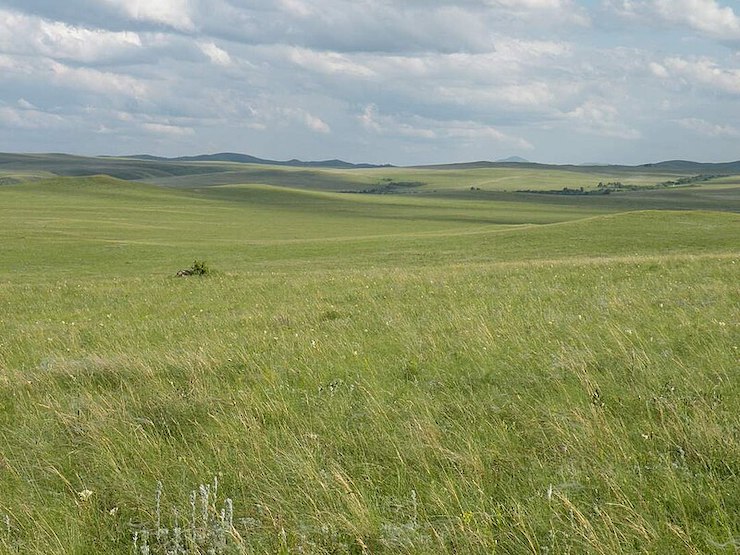
Climate change affects the geographical distribution of species and once the ice had started to recede, repetitive and abrupt climatic swings between warm and cold periods triggered regular shifts in the geographical ranges and the relative abundance of species and their populations. There were extinctions and local extirpations, followed by re-colonisations from further south as the climate warmed. It is thought there might have also been some refugia across what is now the North European Plain (Belgium, Netherlands, Germany, Denmark and including the now-lost Doggerland) from where more temperate climate species, doggedly hanging on during the worst of the cold periods, may have recolonised.
The vast Doggerland plains, as well the land mass connecting Britain to France and all that lay beyond, would have functioned as vital recolonisation routes for species from further south in mainland Europe, such as from the Iberian Peninsular. Three major river networks were present across Doggerland, two of which drained north and one drained south. As well as providing additional habitats and colonisation routes, they would also have acted as physical barriers to many species heading north as conditions improved.
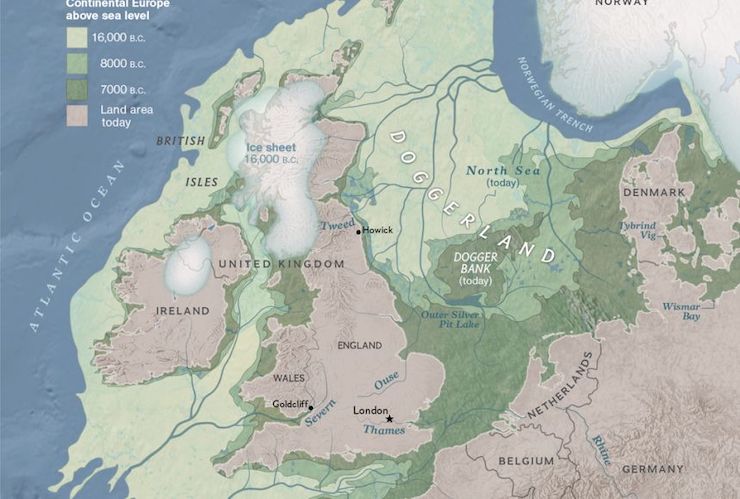
December 2012 (www.nationalgeographic.org/maps/doggerland).
As the ice retreated and the alternating swings in climate got underway, an initial warming period saw the open steppe tundra give way around 15,800 years ago to more open communities of grasses, sedges, and herbaceous plants as well as some early, hardy dwarf tree species such as juniper and other low Arctic and alpine scrub species. The thinness of soils in the early post-ice period would have been a limiting factor for a while, especially where the ice sheet had formerly been, but where soils had not been stripped away by ice and meltwater they would have been deeper and richer in organic matter and nutrients, enabling colonisation by vegetation.
The initial warmer period then switched and the climate cooled. But this suited pioneering colonisers such as crowberry, dwarf birches, and willows, leading to an open woodland scrub community by around 14,800 years ago. Peatlands, lowland raised bogs, and heathlands also developed (including across Doggerland where submerged peat bogs still exist!); and then another mild climate stint followed which allowed birch, aspen, hazel, poplar, and beech woodlands to develop around a thousand years later, before there was then another swing back to Arctic conditions and the return of tundra and low scrub.
The series of climatic swings finally came to an end around 11,700 years ago as sustained warming marked the end of the Pleistocene ice age and the start of the Holocene interglacial epoch which we are still in (although some argue that since the early 1950s we have in fact been in the Anthropocene, but this has not been accepted by scientists – see: www.nature.com/articles/d41586-024-00675-8).
Thin woodlands started to form in Britain in the early Holocene, gradually transitioning from open birch, willow, and juniper woods to boreal woodlands dominated by pine and birch as the ‘tree line’ (the transition zone between the tundra and the advancing woodland ecosystems, known more formally as the FTE, or Forest-Tundra Ecotone) moved north.
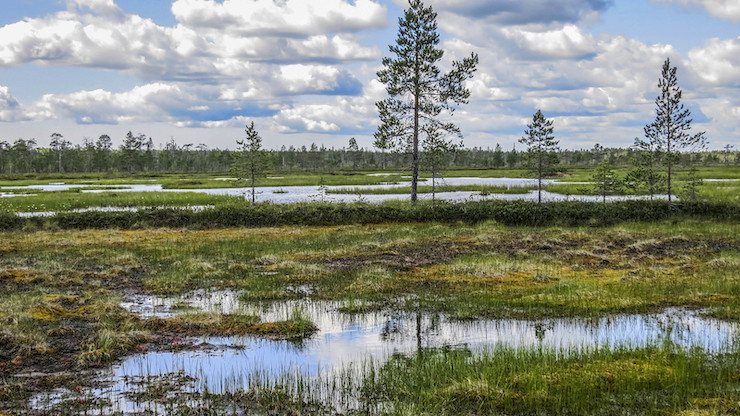
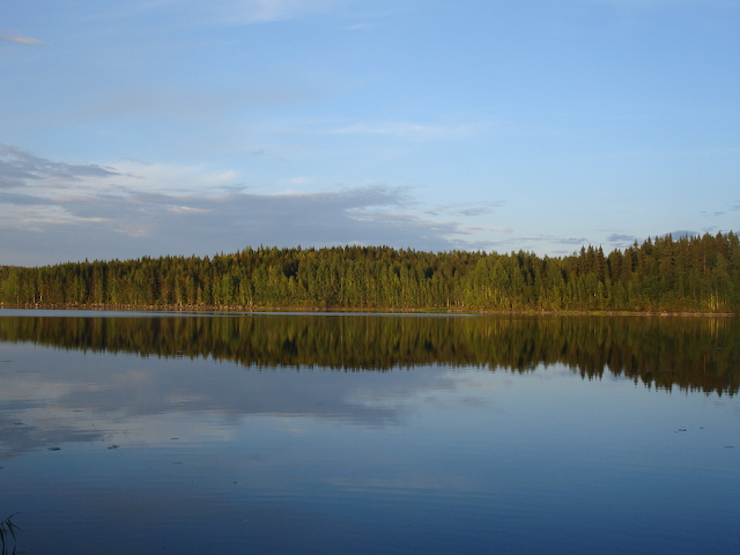
Boreal woodlands then largely developed (‘succeeded’, in ecological terms) to include the full range of temperate-climate deciduous species and other vegetation which together – and through the actions of fauna and non-biological processes – formed a mosaic of habitats from closed canopy woods, through open woodland, to the full range of terrestrial and aquatic ecosystems and habitats that we are familiar with today. Indeed, the reforestation of Britain was largely complete within about a thousand years of the start of the Holocene in southern England and by around 9,000 years ago for the northern parts of our island. This coincides with the natural climatic maximum for Europe, which was between 9,000 and 6,300 years ago and was our warmest period before the advent of man-made global warming.
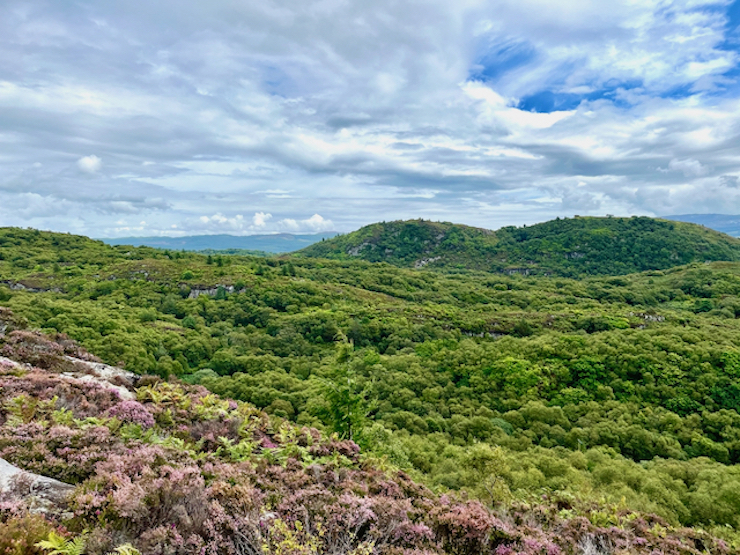
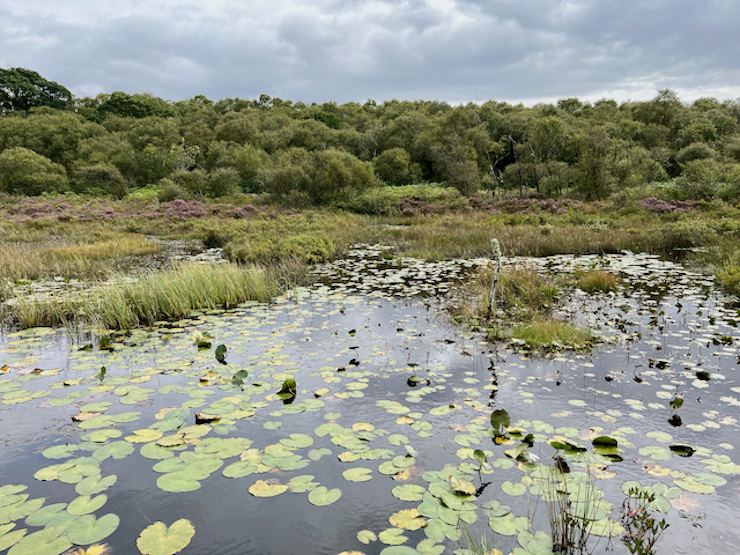
Because most species of plant and animal have their own ‘climate envelope’, which is the full and sometimes wide range of climate variables that any specific species can tolerate, by the time the Holocene began there were mixed assemblages of cold, open habitat mammal species that overlapped in time and place with those associated with warmer climatic conditions. A cave in Cheddar Gorge known as Gough’s Cave is used as a key reference for the species that existed at this time. It has produced remains of a wide number of species dating from the period from 12,900 to 9,900 years ago and includes species familiar to us today such as red fox, red deer, and mountain hare, but also those which are long since gone, including Norway lemming, reindeer, aurochs, horse, mammoth, brown bear, wolf, lynx, and saiga antelope. Other sites from the same time range have also included elk (moose), giant deer (the now-extinct Irish elk), beaver, wolverine, muskox, Arctic fox, and steppe pika. Some of these species – the steppe pika and saiga antelope for example – would have reached the limit of their ‘climatic envelope’ as the Holocene progressed, but human-related habitat modification and fragmentation, ‘overkill’ hunting, and the possible introduction of novel pathogens to new environments probably drove the extinction or at least local extirpation of many of the larger herbivore species and carnivores.
There would have been no further replenishment or colonisation by terrestrial mammals from the rest of mainland Europe after around 8,200 years ago because that’s when the encroaching coast lines of the North Sea and English Channel met, largely due to post-glacial sea level rises but also probably through a series of tsunamis which were caused by collapses off the coast of Norway, which together finally saw Great Britain become a physical and biogeographical island.
As you can see, the question of what point in time should provide the reference point for which species we should have or be considering for reintroduction back into Britain is not quite as clear as ‘the Holocene, of course!’.
As a Chartered Geographer, I have good subject matter background knowledge regarding the above topics and have used a number of recent papers and articles while developing this article. Of particular note are the following.
References:
Clark, C.D., Hughes, A.L., Greenwood, S.L., Jordan, C., Sejrup, H.P. (2012) Pattern and timing of retreat of the last British-Irish Ice Sheet. Quaternary Science Reviews, 44. 112 – 146. ISSN 1873-457X
Currant, A. & Jacobi, R. (2001). A formal mammalian biostratigraphy for the Late Pleistocene of Britain. Quaternary Science Reviews. 20. 1707-1716. 10.1016/S0277-3791(01)00035-X.
Ehlers, Jürgen & Gibbard, Philip & Hughes, P.D.. (2011). Quaternary Glaciations – Extent and Chronology: A Closer Look. 15.
Geographical data from the above referenced text was downloaded from: https://booksite.elsevier.com/9780444534477/digital_maps.php
Marr, Melissa. (2016). Faunal response to abrupt climate change: the history of the British mammal fauna from the Lateglacial to the Holocene (PhD thesis, Department of Geography, Royal Holloway, University of London).
